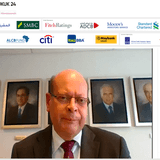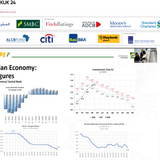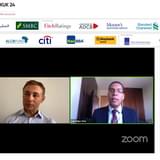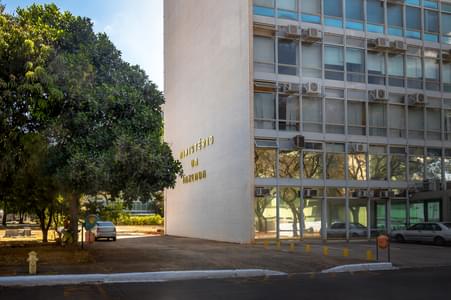This benign scenario of more “civilized” long-term interest rates might be an important trigger for the transformation of the economy. That is, not for launching economically viable investment projects that today would not be feasible otherwise, even if it does occur, but more for the “push” to changing the economic agenda.
If unlocking investment depended only on low interest rates, the credit subsidized by BNDES that doubled between 2008-14, reaching 11% of the GDP, would have already produced a result.
Turkey, for example, historically had relatively high interest rates and a rate of investment way above that of Brazil, with 29% of the GDP as compared to the average of 19% in the South American nation. The explanation lies in their more solid economic structure, with Turkey rated 53rd in the global competitiveness ranking, compared to Brazil’s 80th. South Africa, on the other hand, tends to have more moderate interest rates, but a rate of investment comparable to Brazil.
The great advantage of the low Selic might come in the shape of a stimulus to re-evaluate current public policies. That includes the removal of those policies that are justified by a high Selic, but that produce distortions and inefficiencies in the economy.
One example is earmarked credit, such as the savings accounts allocated to real estate credit and the FAT (Workers assistance fund) that finances BNDES loans. The size of this segment is enormous and has grown in previous governments. It was half of what the non-earmarked (or free) credit was in 2007 and now are on par.
This credit is subsidized (the interest rate is at 9% a year), which is a factor in making the free segment more expensive (41% a year). These are lines with cheaper funding cost at the expense of the general public, with some of the cross-subsidy conceded by the free credit segment.
That is reasonable: if someone is paying half-rate, the full-rate of the rest will be more expensive. Besides, the earmarked credit often demands allocating resources to less profitable projects. This reduces the potential growth of the country.
It would also be possible to reassess the business model of the commercial public banks and the development banks, which are usually the main agents of the earmarked credit. After all there are more efficient ways to promote public policies.
Search for Yield
A second channel stems from investors’ search for yield, which can stimulate the advancement of the microeconomic growth agenda.
On the one hand, it can help increase the supply of financial instruments originating in productive company and agribusiness investments, and infrastructure.
On the other, it can shelter investors and savers from unnecessary risk. That way we can advance the agenda for strengthening the judicial and regulatory security, whose deficiencies affect productive investment and limit the capital markets development.
It is necessary to instil pension funds with more flexibility (as they stand to lose the most with the reduction of the Selic) so as to amplify their exposure to higher risk investments.
The experience of Spain in the past decades might serve as an inspiration. There was an opening of the economy to global streams of imports, financial and human capital; and a change in the economic policy regime aiming for low inflation and instil greater fiscal discipline.
All this was done as per the guidelines for countries to integrate the Euro zone in 1998. As a result, there was a rapid reduction of basic interest rate, resulting in significant improvements in investment and credit.
Brazil can become a pleasant surprise story if it follows the correct path. In economist’s terminology, we would be heading to the more elastic side of the demand for investment curve.
Here’s to hoping that the next president will know how to make the next step.









